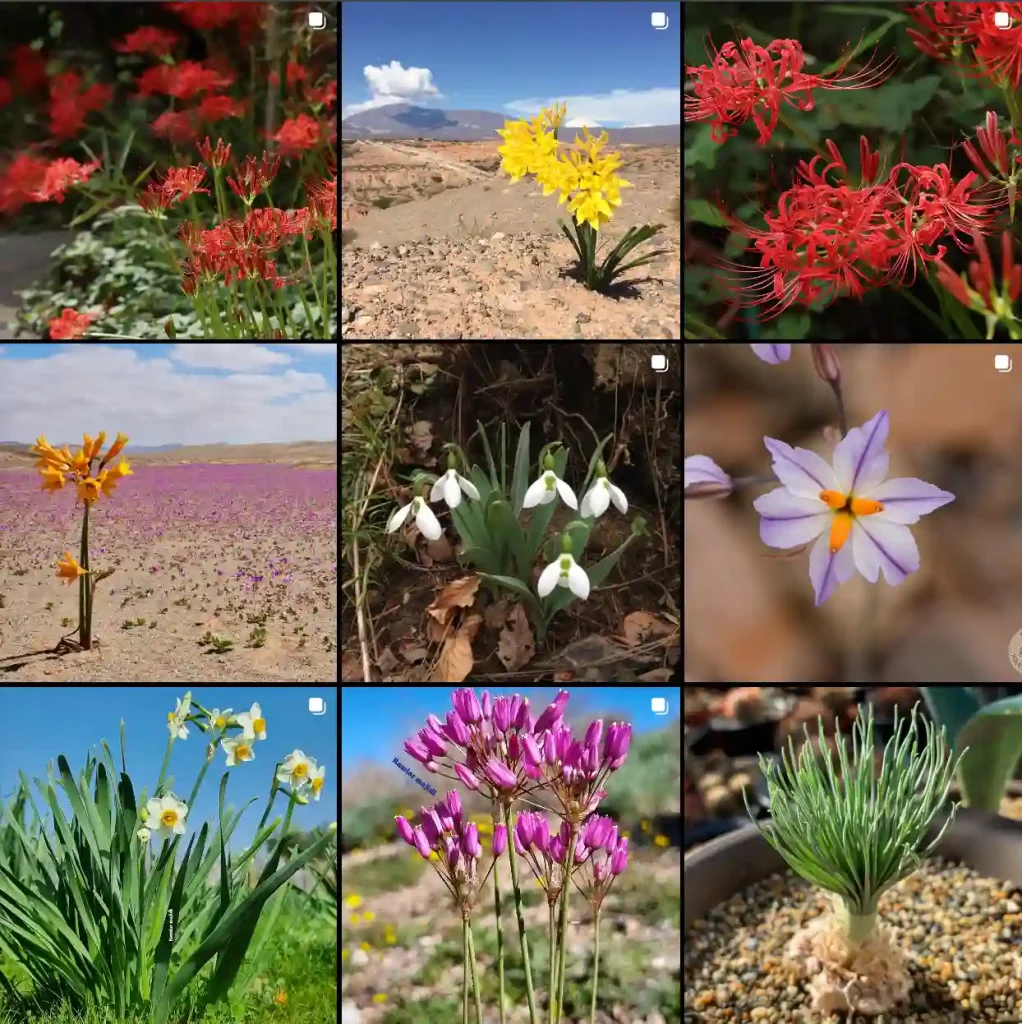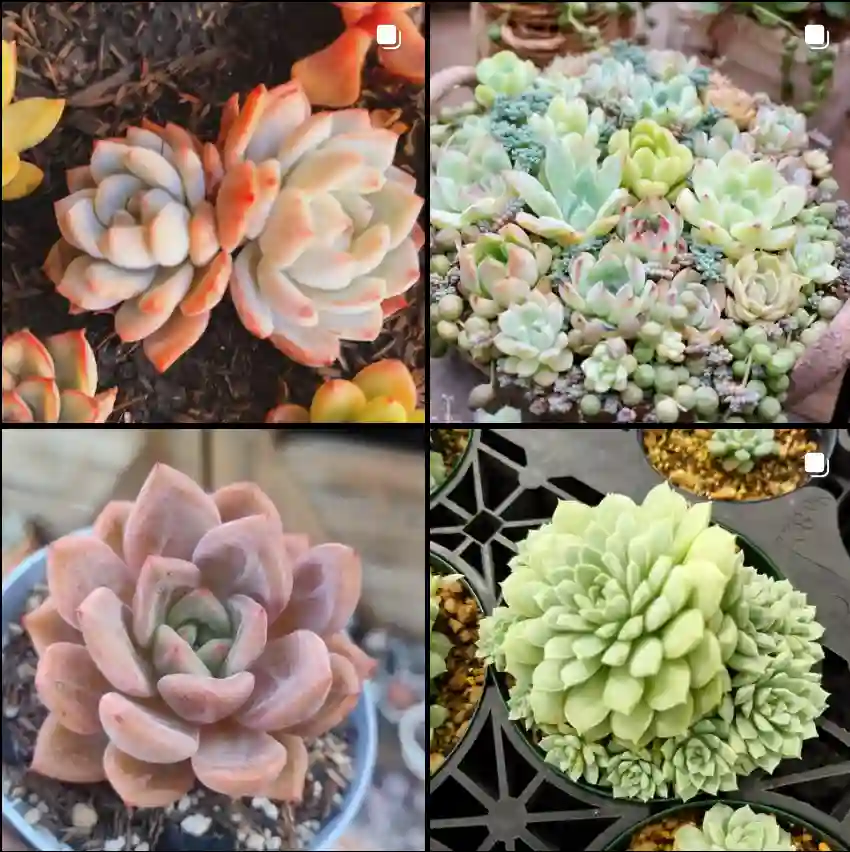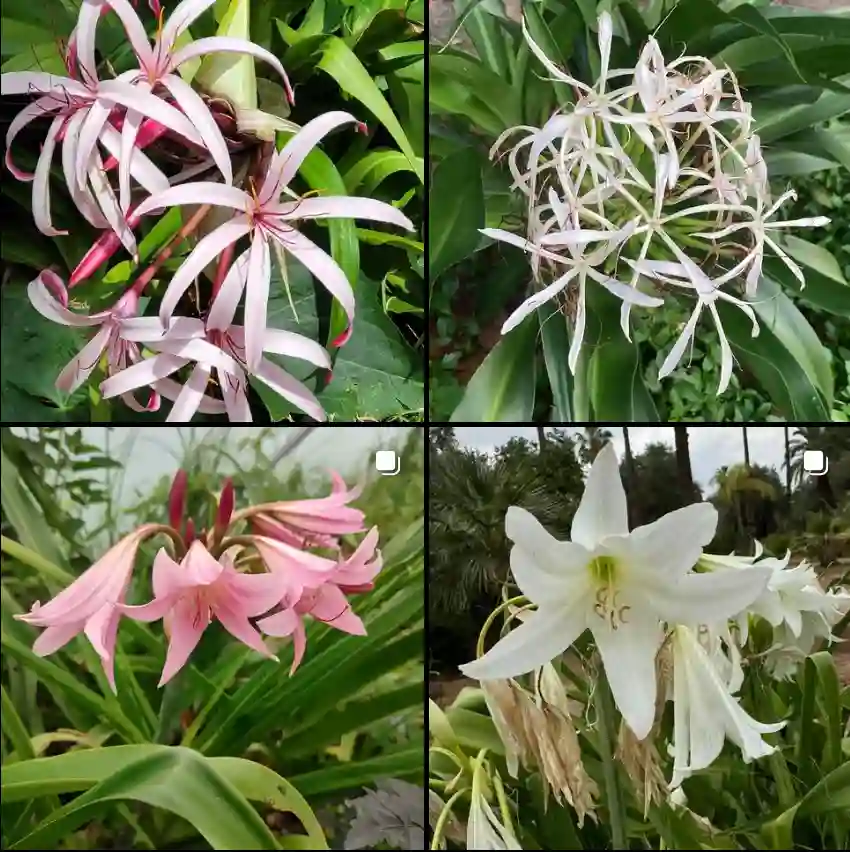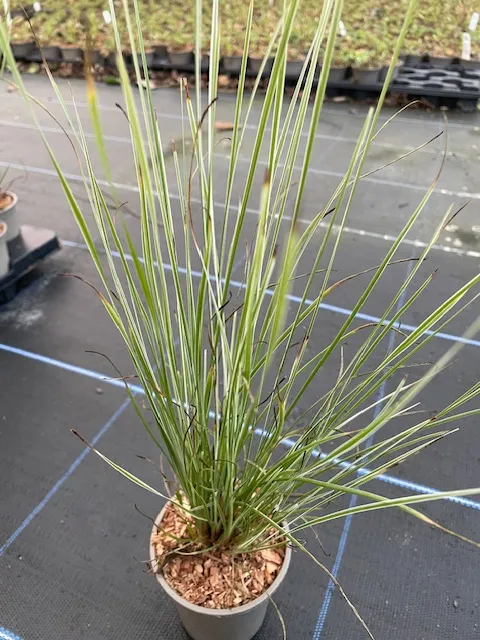
What is Ashe Magnolia?
The Ashe magnolia has become a treasured resident of my garden. This captivating small tree boasts a symphony of features – colossal, glossy leaves, breathtakingly fragrant blooms, and a resilience that thrives in our climate. But beyond its aesthetics, the Ashe magnolia has proven to be a surprisingly low-maintenance companion, offering year-round interest without demanding constant attention.
The Ashe magnolia, (Magnolia Ashei), is a native treasure of the southeastern United States. Named after William Ashe, a pioneering botanist, it holds a special place in the heart of southern gardeners. This deciduous gem can reach heights of 15 to 30 feet, though it often opts for a bushier form. Regardless of its chosen stature, the Ashe magnolia is guaranteed to turn heads.
371 Species in Genus Magnolia
Big Leaf Magnolia vs Ashe Magnolia
I first encountered the Big Leaf Magnolia during a summer walk in a botanical garden, where its massive, glossy leaves instantly caught my attention. The Ashe Magnolia, in contrast, captivated me with its elegant, creamy-white flowers that seemed to glow in the dappled sunlight of early spring. Each has its unique charm: the Big Leaf’s grandeur and the Ashe’s delicate beauty make them both standout choices for any garden enthusiast seeking variety in their collection.
Dazzling Blooms with a Distinctive Fragrance
Early summer brings the main event – the arrival of the Ashe magnolia’s magnificent blooms. These captivating flowers can reach a staggering 10 inches in diameter, boasting a pristine white with a captivating maroon splash at the base of each petal. The fragrance is truly intoxicating, a delightful blend of jasmine and citrus that perfumes the air.
Is the Ashe Magnolia Poisonous to Dogs?
A crucial question for pet owners: yes, the Ashe magnolia is considered mildly toxic to dogs. All parts of the plant, from the leaves and flowers to the seeds and cones, contain toxins that can cause stomach upset, vomiting, and diarrhea if ingested. While rarely fatal, it’s best to keep curious pups away from the Ashe magnolia. Planting it in a location inaccessible to pets or utilizing fencing are effective deterrents.
Beyond the Bloom: Showstopping Foliage
The Ashe magnolia’s beauty extends far beyond its flowering season. The enormous, glossy leaves, reaching up to two feet in length, provide a captivating display throughout the year. Their vibrant green hue adds a touch of the tropics to any garden, offering a lush backdrop for other flowering plants.
How to care for Ashe Magnolia?
One of the most endearing aspects of the Ashe magnolia is its low-maintenance nature. It thrives in a variety of soil types, though well-drained, slightly acidic soil is ideal. While it tolerates full sun, partial shade can be beneficial in hotter climates. Watering needs are moderate, with deep watering during dry spells being the key. Beyond the occasional pruning to maintain desired shape, the Ashe magnolia requires minimal intervention, allowing you to simply enjoy its captivating presence.
How to propagate Ashe Magnolia?
For those eager to share the magic of the Ashe magnolia, propagation is an achievable feat. Seeds can be collected in the fall once the cones ripen and split open. However, the germination process can be lengthy and unreliable. A more assured method is through softwood cuttings taken in early summer. With proper care and a touch of patience, you can cultivate new Ashe magnolias to grace your own garden or share with fellow plant enthusiasts.
The Perfect Companions: Planting Alongside the Ashe Magnolia
The Ashe magnolia makes a stunning centerpiece, but it also plays well with others. Consider pairing it with vibrant azaleas that bloom in spring, creating a breathtaking display of color. For a touch of textural contrast, ferns or hostas planted beneath its canopy provide a lovely complementary layer. Another captivating combination is the Ashe magnolia alongside a dogwood tree – their contrasting flowering times ensure a continuous spectacle throughout the seasons.
A Legacy of Beauty: The Ashe Magnolia in Your Garden
The Ashe magnolia is more than just a beautiful flowering tree. It’s a living piece of history, a symbol of the south’s rich botanical heritage. By incorporating this captivating native into your garden, you’re not just adding a touch of elegance; you’re fostering a connection to the land and its unique story. With its minimal needs and breathtaking beauty, the Ashe magnolia is sure to become a treasured resident of your garden for generations to come.
If i die, water my plants!



